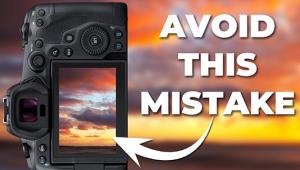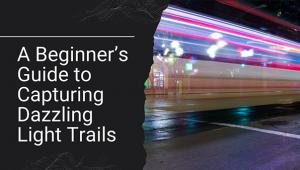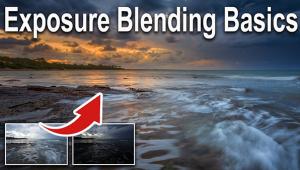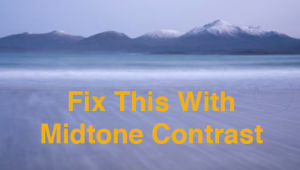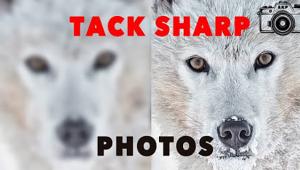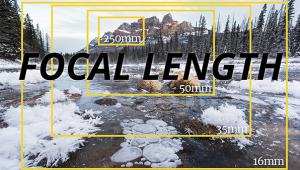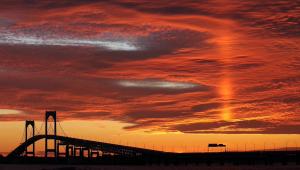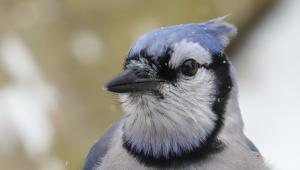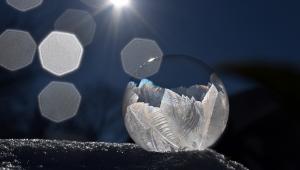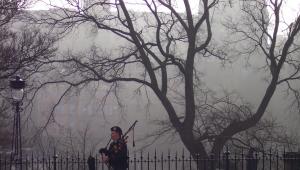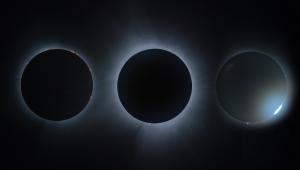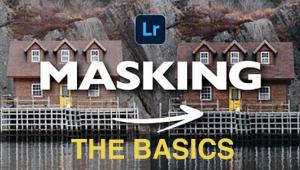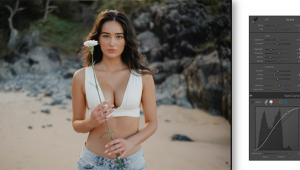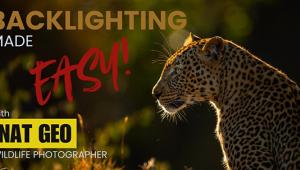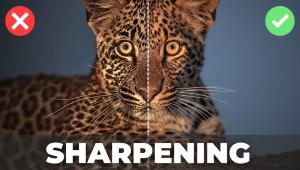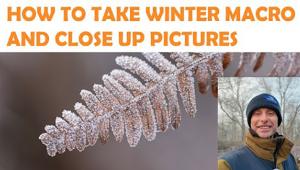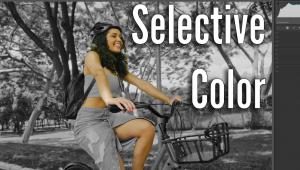DON'T Trust a Camera's Meter for Low Light Photos in High Contrast Conditions (VIDEO)

This tutorial is the first installment of an eye-opening series describing conditions under which you shouldn't trust a camera's meter to deliver accurate exposures when shooting images in certain situations. Today you'll learn how much to underexpose a photo when faced with a low light, high contrast scene.
Instructor Martin Castein is an accomplished London-based pro who specializes in landscape and portrait photography. He not only explains when underexposure is necessary for a properly balanced image, but how to determine the degree to which you must override the meter depending upon the specific task at hand.
The demonstration image is a nighttime environmental portrait of a pretty model captured on the street at night, with a number of lights and other bright elements surround the subject. By the end of this video you'll understand how to expose scenes like this to achieve the specific look you want to create.
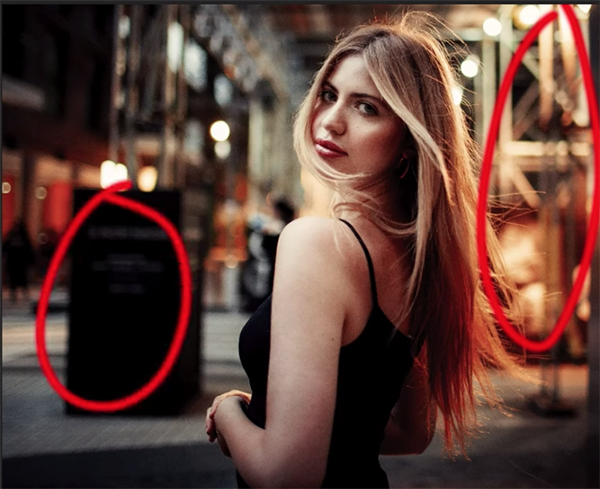
Castein demonstrates how he determined the correct exposure for this low light, high contrast image. But first he explains what he means by "high contrast" in situations like this: "A high-contrast scene is one in which the highlights are really bright and the dark areas are really dark." In other words, there's a huge range between the lightest areas in the frame, the darkest portions of the scene, and everything in between.
Here's how Castein describes the problem: "If I let the camera pick the exposure, the meter is going to go absolutely wild. That's because at certain angles there's going to be a lot of bright lights in the background." Conversely, when shooting from another perspective there can be very dark sections that bias the reading recommended by a meter.
In short, the meter will try to balance the confusing illumination, and Castein explains why he doesn't trust the camera to get it right, and the methods he employs for determining exposure settings himself. In this particular image the model is strongly backlit, which factors into the equation.
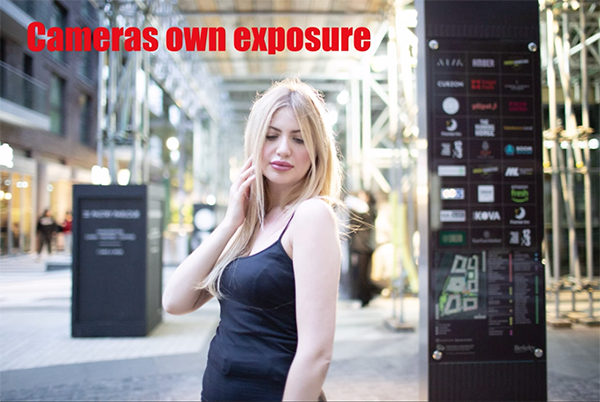
While this type of illumination may seem to complicate matters further, when shooting at night or during the day, you'll see why the reverse is often true. That's because "putting the bright spots behind a subject usually means we get more even lighting."
So watch how Castein gets the light exactly right for his beautifully exposed image. His method not only works really well for portraits, but for a variety of other subjects as well. Then visit his instructional YouTube channel to learn more helpful tips and tricks.
And on a related note, be sure to watch the recent tutorial we posted from another adept pro who explains how to use Exposure Bracketing when photographing landscape scenes in high-contrast situations.
- Log in or register to post comments
